¿Planeas una caminata a Machu Picchu? Si todavía no decides qué tour tomar, has llegado al lugar indicado. Aquí encontrarás una guía esencial de las mejores caminatas a Machu Picchu. Descubre los tours más populares y aprende los detalles clave de cada uno para ayudarte a tomar la mejor decisión.
Los mejores tours y caminatas a Machu Picchu
La caminata a Machu Picchu en Cusco, Perú, es una increíble aventura que te llevará por el corazón de los Andes peruanos. Este viaje no solo es una exploración de paisajes impresionantes, sino también un encuentro profundo con la rica historia de la civilización inca.
El Camino Inca
El Camino Inca a Machu Picchu es uno de los recorridos más populares del mundo, conocido por sus impresionantes paisajes andinos, sus variados ecosistemas y sus fascinantes ruinas incas. Podrás elegir entre el Camino Inca clásico de 4 días desde el KM 82, o por la versión más corta de 2 días que inicia en el KM 104 (también conocido como “Camino Inca Corto”). En ambos recorridos, disfrutarás de numerosos sitios arqueológicos y culminarás tu aventura entrando a Machu Picchu a través de la Puerta del Sol (Intipunku).
Camino Inca Clásico 4 días
El Camino Inca Clásico, que dura 4 días y 3 noches, es parte de una extensa red de rutas hacia Machu Picchu, descubierto en 1915 por Hiram Bingham III. Este sendero, famoso por su conservación y vistas impresionantes, inicia el 1 de marzo de cada año con una capacidad diaria de 500 personas, incluyendo guías y porteadores. Es accesible solo con operadores turísticos autorizados como TreXperience, y los permisos para recorrer el Camino Inca a Machu Picchu deben reservarse con antelación debido a la alta demanda.
El camino forma parte del Santuario Histórico de Machu Picchu en Cusco, protegiendo diversos ecosistemas y especies endémicas como el oso de anteojos. La variación de altitud en el área permite disfrutar de diferentes paisajes, desde montañas nevadas hasta zonas cálidas del río Urubamba. Machu Picchu es un Patrimonio Mundial de la UNESCO y una de las Nuevas Siete Maravillas del Mundo Moderno.
Camino Inca Corto de 2 días
Conocido como el Camino Inca Real, Camino Inca corto o Camino Inca de un día, esta ruta es ideal por ser más breve y cómoda que la tradicional de 4 días a Machu Picchu. Inicia en Chachabamba (KM 104) y solo es accesible en tren desde Ollantaytambo. La caminata se realiza en un solo día y la visita a Machu Picchu al día siguiente, siendo obligatorio reservar el tour de 2 días para cumplir con las regulaciones del sitio.
El tour a Machu Picchu comienza a las 4:00 a.m. en Cusco, pero alojarse en el Valle Sagrado, como Ollantaytambo, es recomendable por la proximidad a la estación de tren, ahorrando tiempo y permitiendo un mañana más relajada antes de iniciar la caminata.
Camino Inca a Machu Picchu de 5 días
Si buscas una experiencia más tranquila y detallada, opta por la versión del Camino Inca de 5 días. Este itinerario extendido te permite disfrutar de caminatas más sosegadas y dedicar más tiempo a admirar los espectaculares paisajes y sitios arqueológicos. Ideal para quienes prefieren grupos más pequeños y visitas a sitios incas en momentos menos concurridos, el tour de 5 días a Machu Picchu ofrece una oportunidad profunda y enriquecedora de conectar con la historia y la naturaleza de la ciudadela.
Caminata Salkantay
La caminata Salkantay es una excelente alternativa al Camino Inca, destacándose por su ruta que atraviesa desde la imponente Montaña Salkantay, el pico más alto de la cordillera de Vilcabamba, hasta Machu Picchu. Este recorrido no necesita permisos especiales, pero se recomienda reservar con anticipación. Es importante estar físicamente preparado y aclimatarse a la altitud antes de iniciar.
Durante la caminata, experimentarás una diversidad de paisajes, incluyendo montañas y bosques nubosos, y disfrutarás actividades como tours de café y Pachamanca. Aunque desafiante, es accesible para personas con una condición física moderada, y permite pasar una noche en Aguas Calientes, el pueblo cercano a Machu Picchu.
» Leer después | Pachamanca
Caminata Salkantay de 5 días
La caminata Salkantay de 5 días incluye visita a la laguna Humantay, Montaña Salkantay, tour de café, Pachamanca, campamento en Llactapata, visita a Machu Picchu y regreso a Cusco en tren panorámico.
Caminata Salkantay de 4 días
Similar al anterior, pero la caminata Salkantay de 4 días es condensado, ideal para quienes disponen de menos tiempo.
Caminata Lares
Aunque la caminata Salkantay es una de las caminatas más hermosas a Machu Picchu, además de su belleza natural, sitios arqueológicos y un pequeño tramo original del Camino Inca, es una ruta desafiante comparada con otros tours.
Las caminatas de Lares te alejan de las multitudes del Camino Inca y Salkantay para explorar montañas remotas con casi ningún otro excursionista, a menos que consideres a las llamas y alpacas. Hay muchos tours y diferentes itinerarios en la ruta de Lares. Hemos diseñado el mejor itinerario que comienza en lagunas y termina en Machu Picchu.
Nuevas rutas de caminatas a Machu Picchu
Cachicata a Machu Picchu (Inca Quarry)
La caminata Inca Quarry, Cachicata, Inca Quarry trek o Cantera Inca a Machu Picchu, es la caminata más nueva que está ganando popularidad. Aunque es menos conocida que otras rutas, ofrece paisajes impresionantes, sitios incas e interacciones culturales.
Esta ruta incluye visitas a lugares destacados como los santuarios incas de Ñaupá Iglesia, las cataratas de Perolniyoc, y diversos sitios históricos hasta llegar a la ciudadela inca. Además, esta caminata a Machu Picchu atraviesa paisajes extraordinarios y ofrece vistas del Valle Sagrado desde alturas impresionantes, proporcionando una experiencia inolvidable.
Caminata Huchuy Qosqo
El tesoro oculto de los Incas, ubicado a solo un día de caminata desde Cusco, es una de las pocas rutas que te permite caminar desde la ciudad imperial hacia el Valle Sagrado y luego tomar el tren a Machu Picchu a lo largo del río Urubamba. En esta aventura, descubrirás el sitio arqueológico de Huchuy Qosqo, un impresionante complejo inca con vistas espectaculares del Valle Sagrado. Además, disfrutarás de las vistas de Tambomachay, caminarás junto a llamas y alpacas, y apreciarás paisajes extraordinarios.
Caminata Inca Jungle
La caminata Inca Jungle a Machu Picchu de TreXperience es el único tour activo multideportivo que ofrecemos. Este emocionante recorrido combina ciclismo de montaña en Maras Moray, rafting en el río Urubamba y caminatas por senderos incas ocultos en la selva. Es importante mencionar que los tramos del Camino Inca en esta ruta son breves, ya que muchos fueron destruidos por eventos naturales.
Las actividades incluyen ciclismo, rafting, trekking y tours de café. Un destacado es la caminata del tercer día a Llactapata, un impresionante sitio inca frente a Machu Picchu que probablemente servía como puesto de control para el acceso desde la Amazonía.
» Leer después | Maras y Moray
Camino Inca Alternativo
Todas las caminatas que ofrecemos en Perú son únicas y garantizan una experiencia excepcional explorando la riqueza natural y cultural del país. Nuestros tours como Caminata Salkantay + Camino Inca y Camino Inca + Lares, son flexibles y se pueden ajustar a tus preferencias similares al tradicional Camino Inca.
Nuestro Camino Inca Alternativo, que incluye el Camino Huchuy Qosqo y el Camino Inca, es un recorrido espectacular que comienza en Cusco y atraviesa el Valle Sagrado, culminando en Machu Picchu por la Puerta del Sol. Esta ruta sigue los pasos históricos de Manco Inca II, quien en 1536 guió a su ejército hacia refugios estratégicos en la región.
Caminatas que no llegan a Machu Picchu
Caminata Choquequirao
Choquequirao, apodada “la hermana gemela de Machu Picchu”, es una gran ciudadela escondida que representa la resistencia inca contra los españoles. Tras la conquista de Cusco en 1533, Manco Inca II se retiró a estas montañas, utilizando tácticas de tierra quemada para impedir ser seguido, refugiándose finalmente en Vilcabamba hasta la captura de Túpac Amaru en 1572.
Los españoles, intentando borrar la presencia inca, llevaron a Vilcabamba al olvido. Hiram Bingham redescubrió Choquequirao en 1909 y Machu Picchu en 1911, pero se equivocó al identificar a Machu Picchu como la última capital inca. Choquequirao sigue siendo un misterio en cuanto a sus orígenes y su abandono.
Explora esta enigmática ciudadela con nuestros tours:
- Caminata Choquequirao 4 días: Esta caminata no llega a Machu Picchu
- Caminata Choquequirao 5 días: Esta caminata no llega a Machu Picchu
- Caminata Choquequirao a Machu Picchu 7 días: Una expedición que conecta las 2 ciudadelas incas más importantes de la región
Caminata Ausangate
Ausangate es la montaña más alta de la Cordillera del Vilcanota, venerada como un Apu, o deidad sagrada, que protege a la comunidad y la fauna local. En la caminata Ausangate, explorarás pueblos remotos y montañas donde pastores de llamas y alpacas crían principalmente papas debido a la altitud. También podrías avistar vicuñas salvajes. La ruta finaliza impresionantemente en la Montaña de Colores Vinicunca y el Valle Rojo.
» Leer después | La Montaña de Colores Vinicunca
Beneficios de hacer caminata a Machu Picchu
| Beneficio | Descripción |
Salud Física | Mejora la condición cardiovascular, reduce la presión arterial, aumenta la densidad ósea y fortalece músculos. |
| Salud Mental | Reduce la ansiedad y la depresión, y ofrece una experiencia meditativa que mejora el estado de ánimo. |
| Vitamina D | Caminar en un día soleado proporciona vitamina D, esencial para la salud ósea y la función del sistema inmunitario. |
| Conexión con la naturaleza | Permite una conexión profunda con la naturaleza, observando flora y fauna a lo largo del Camino Inca. |
| Desafío personal | Ofrece un desafío físico que puede mejorar la autoestima al alcanzar la cima o completar el trayecto. |
| Interacción social | Caminar en grupos pequeños fomenta lazos sociales con amigos o familiares de todo el mundo. |
| Experiencia de aprendizaje | Aprender sobre la historia, la naturaleza y la cultura del Perú, ofreciendo nuevas perspectivas sobre la vida. |
| Asequibilidad | Es una forma económica de llegar a Machu Picchu, solo se necesita un buen par de zapatos y ganas de aventura. |
Acompáñanos a descubrir las mágicas caminatas a Machu Picchu, esta remota travesía de montaña, y respira el aire enrarecido del sendero más hermoso de Perú para practicar senderismo.
Te puede interesar
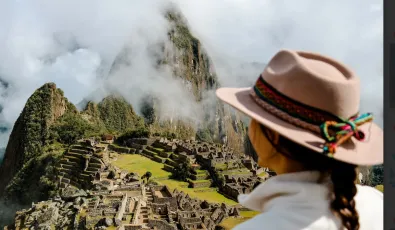

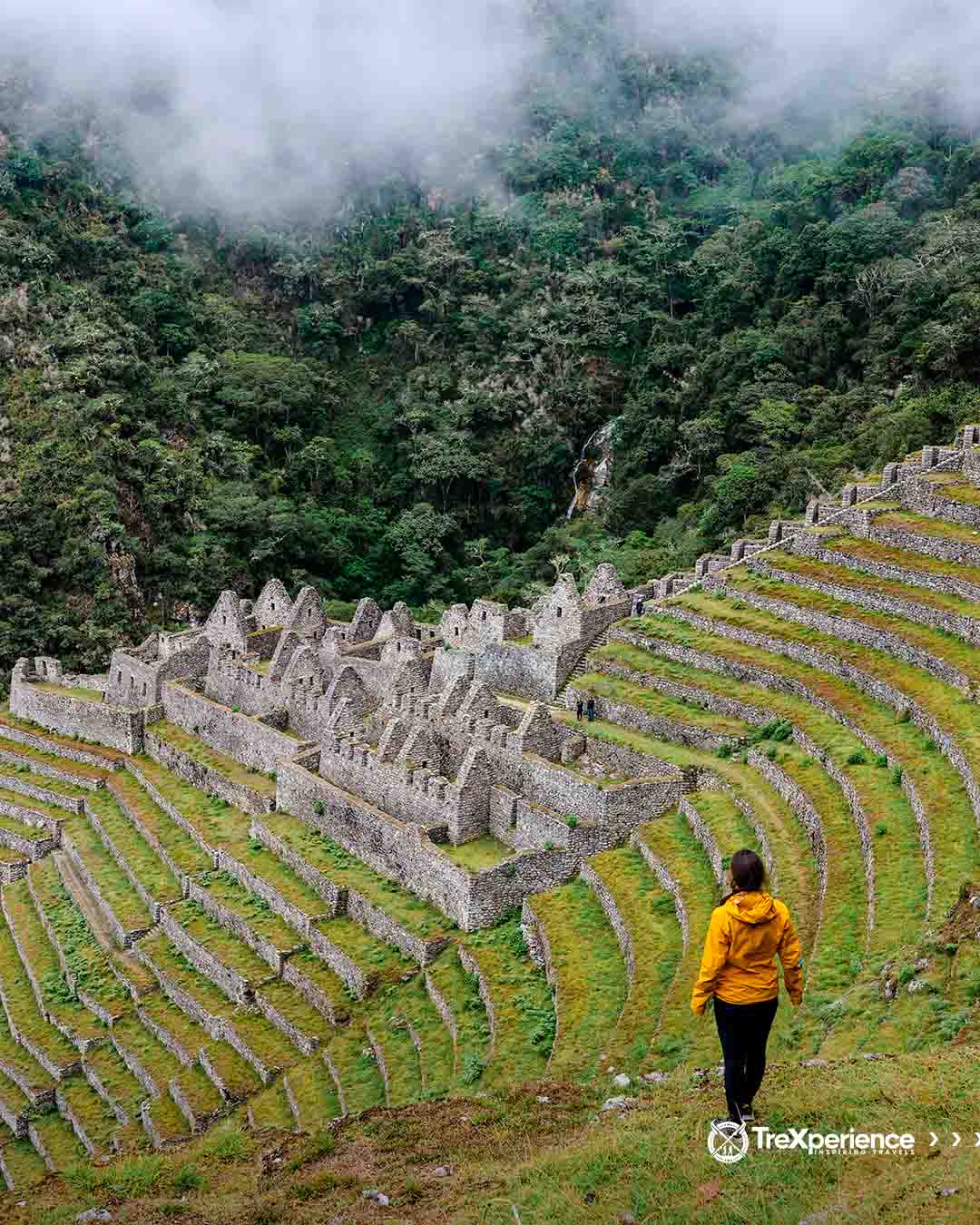
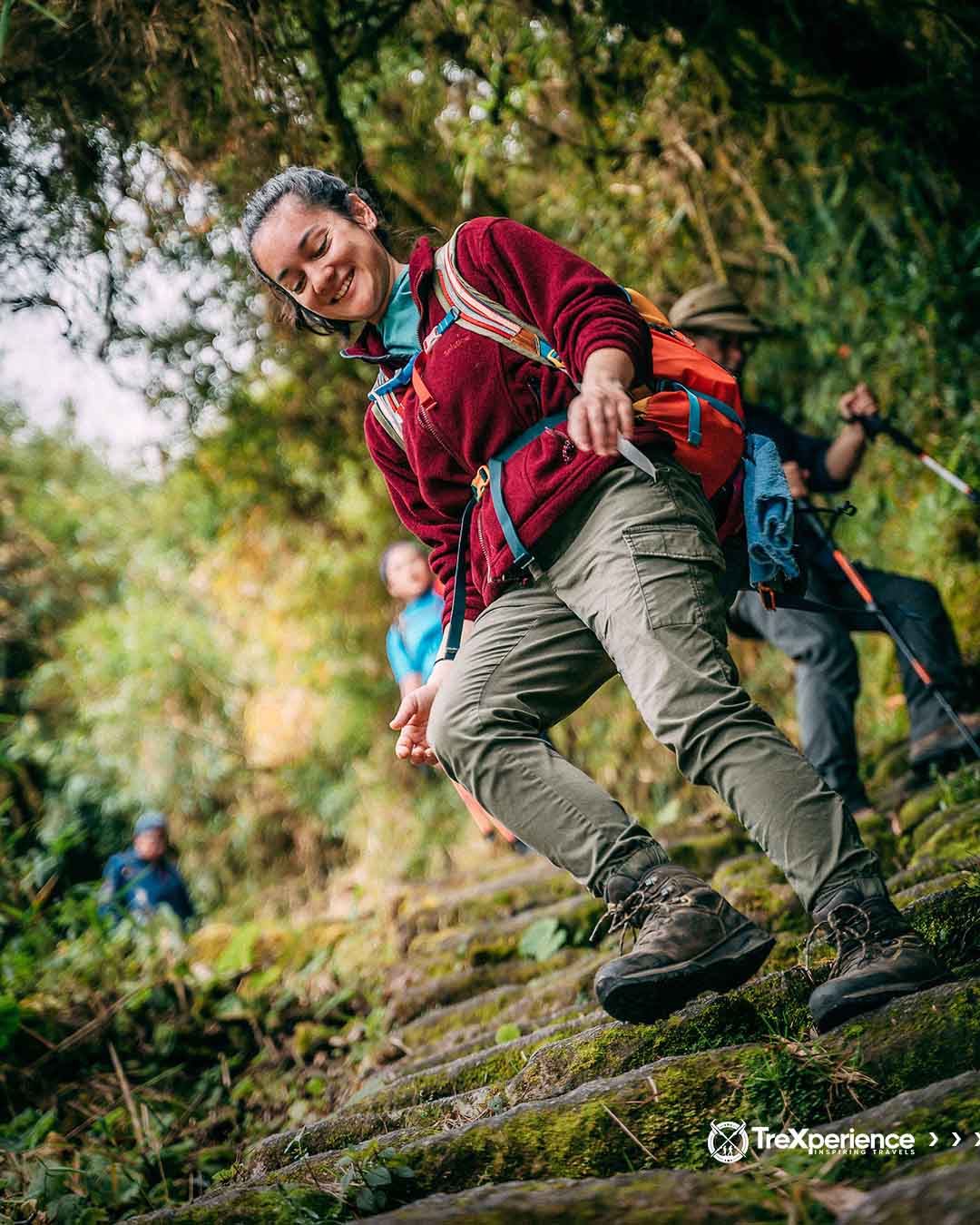
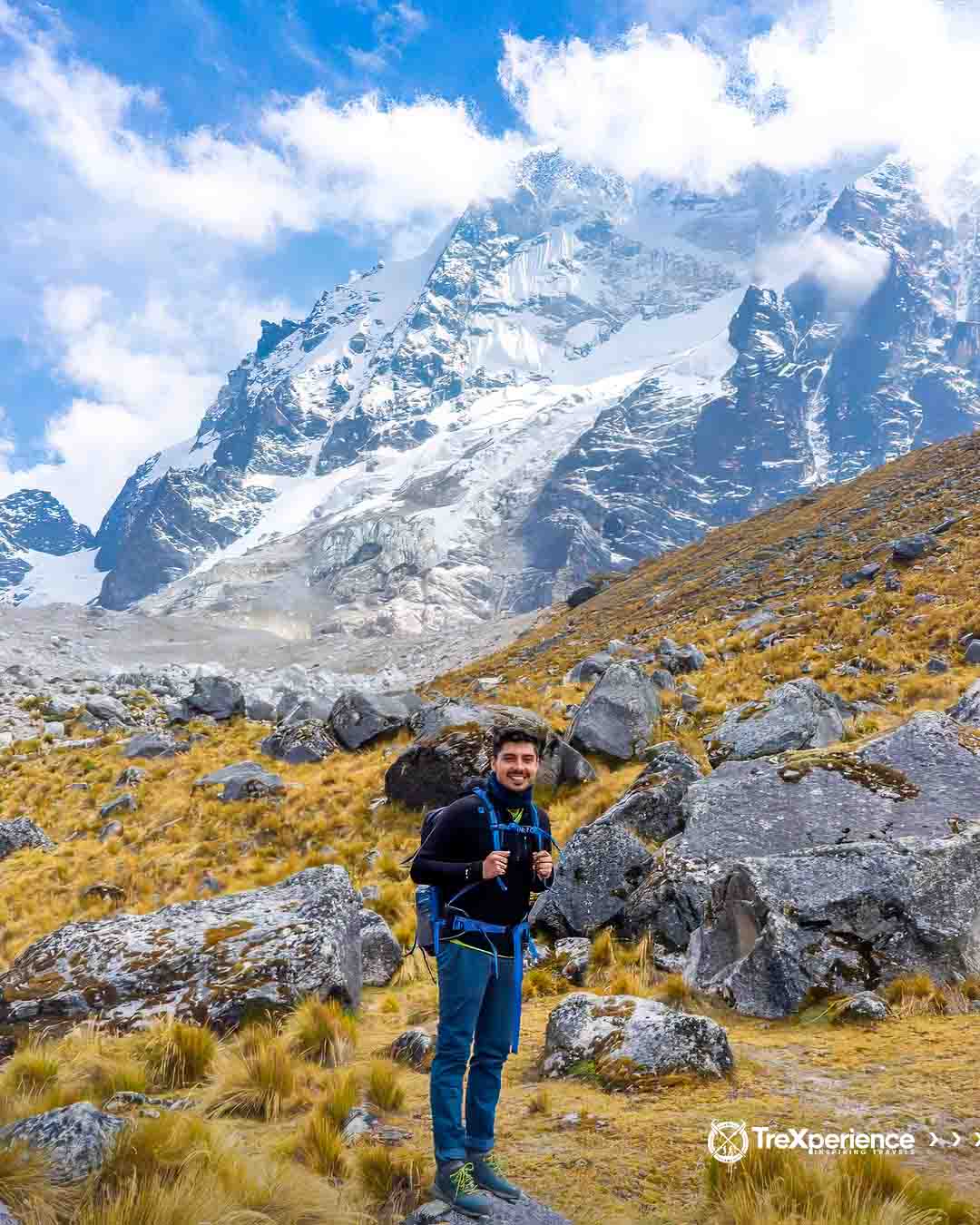
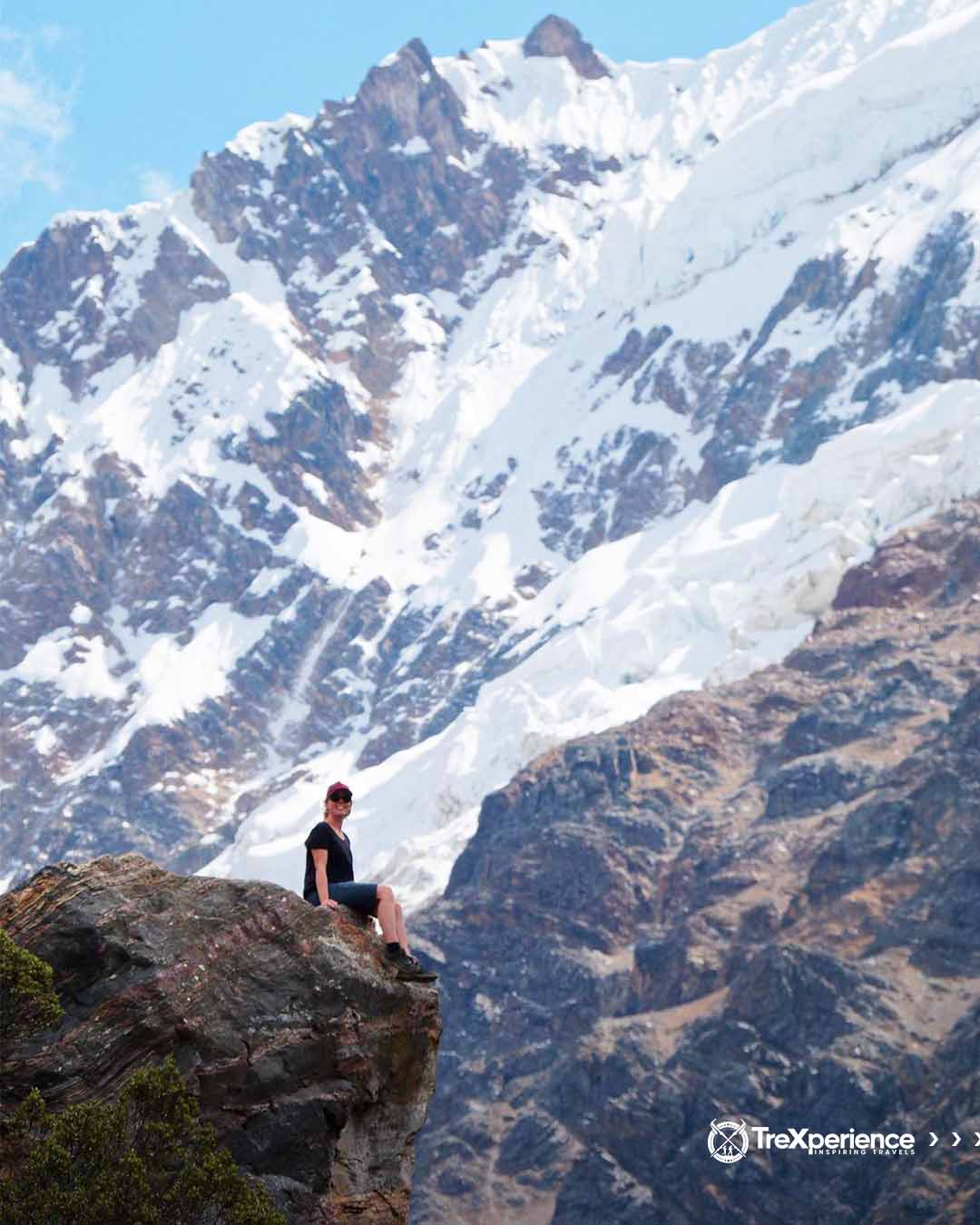

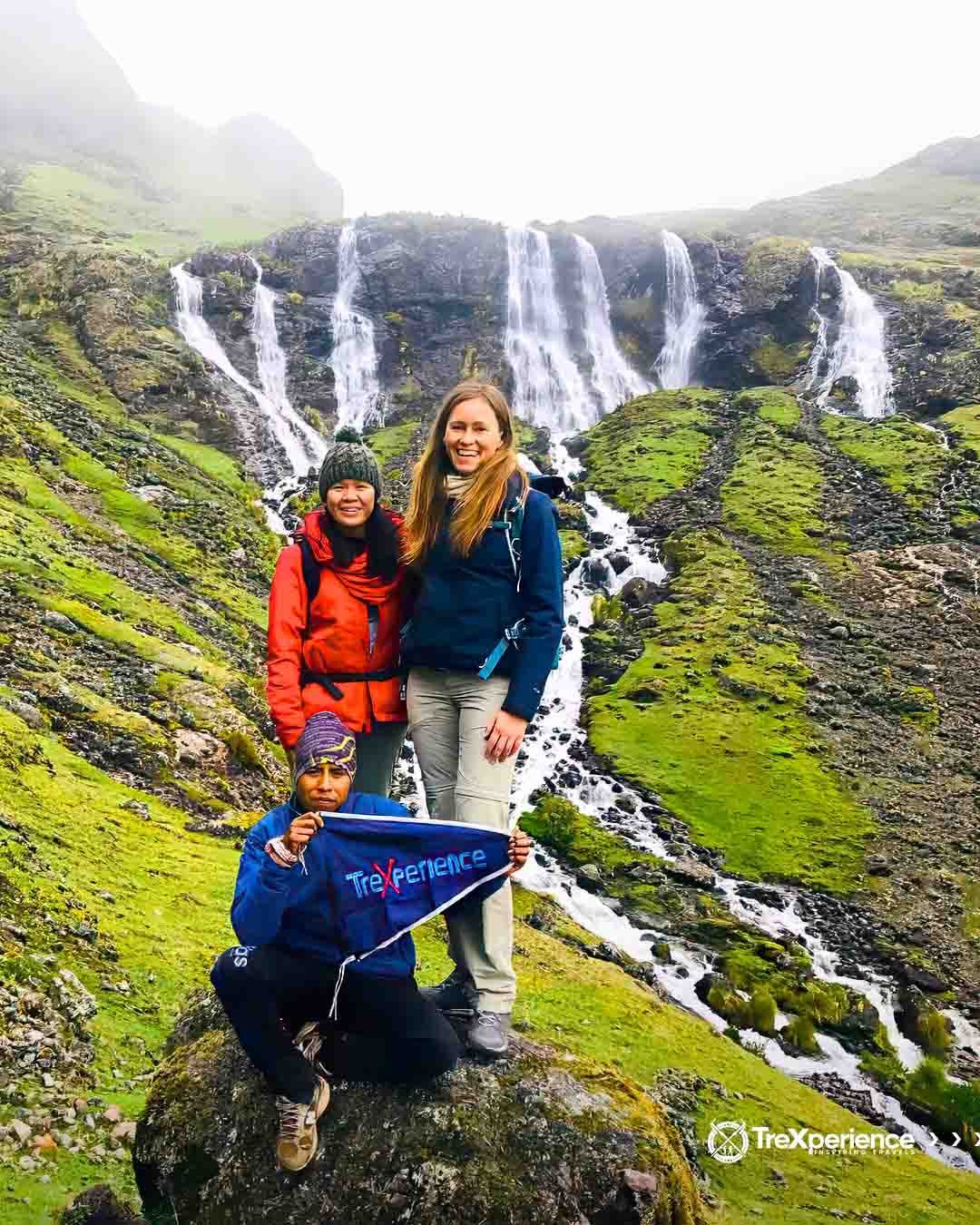
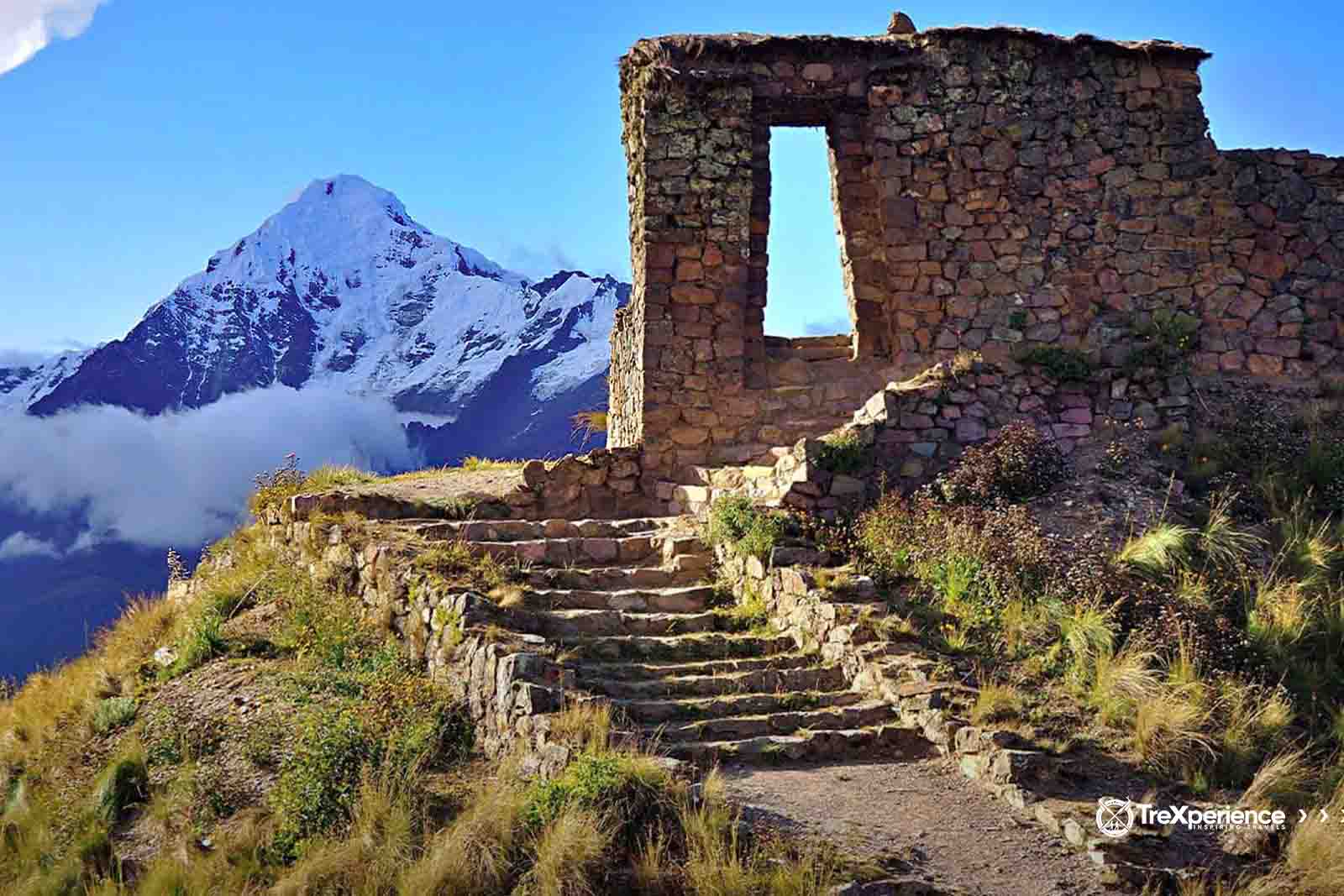
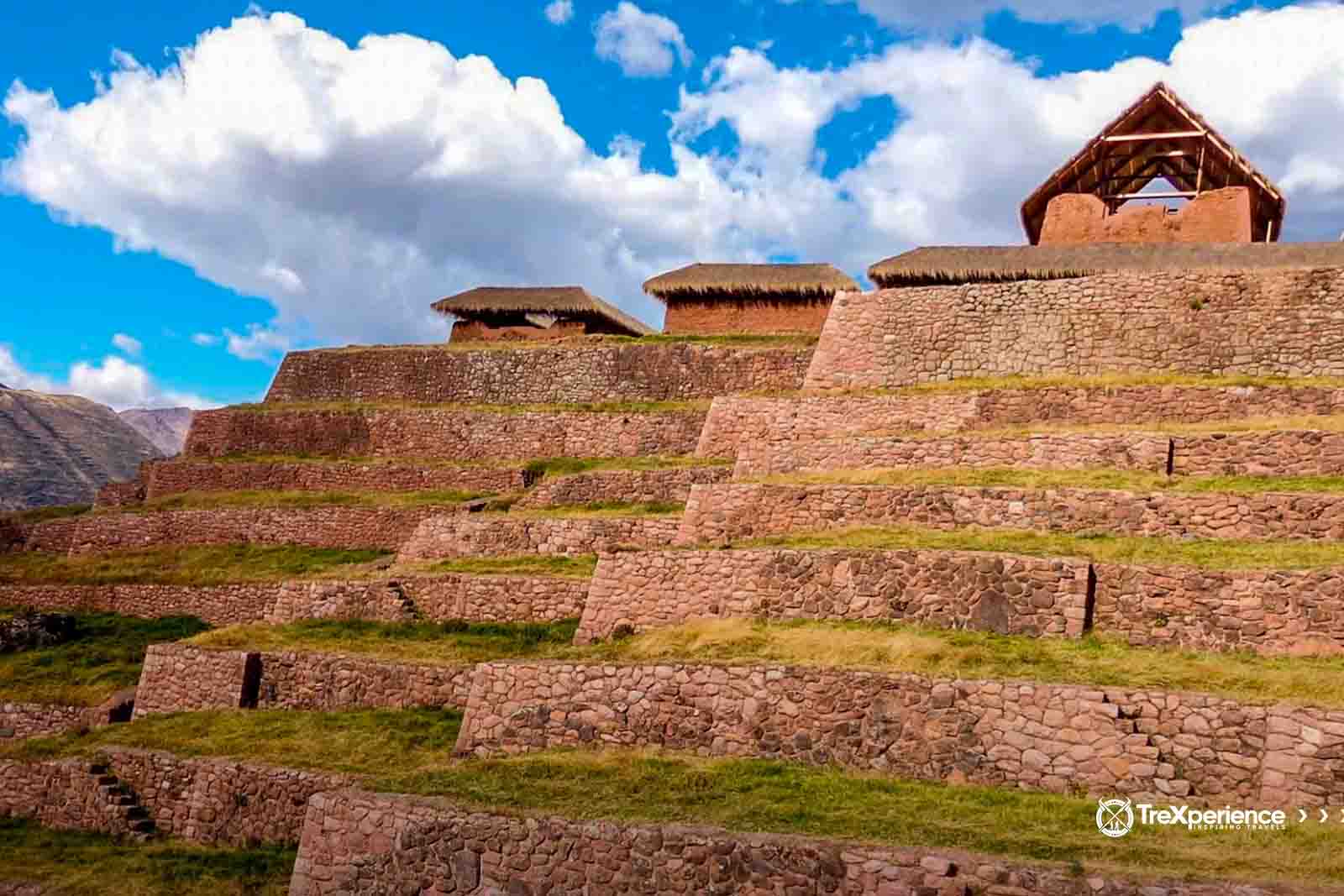
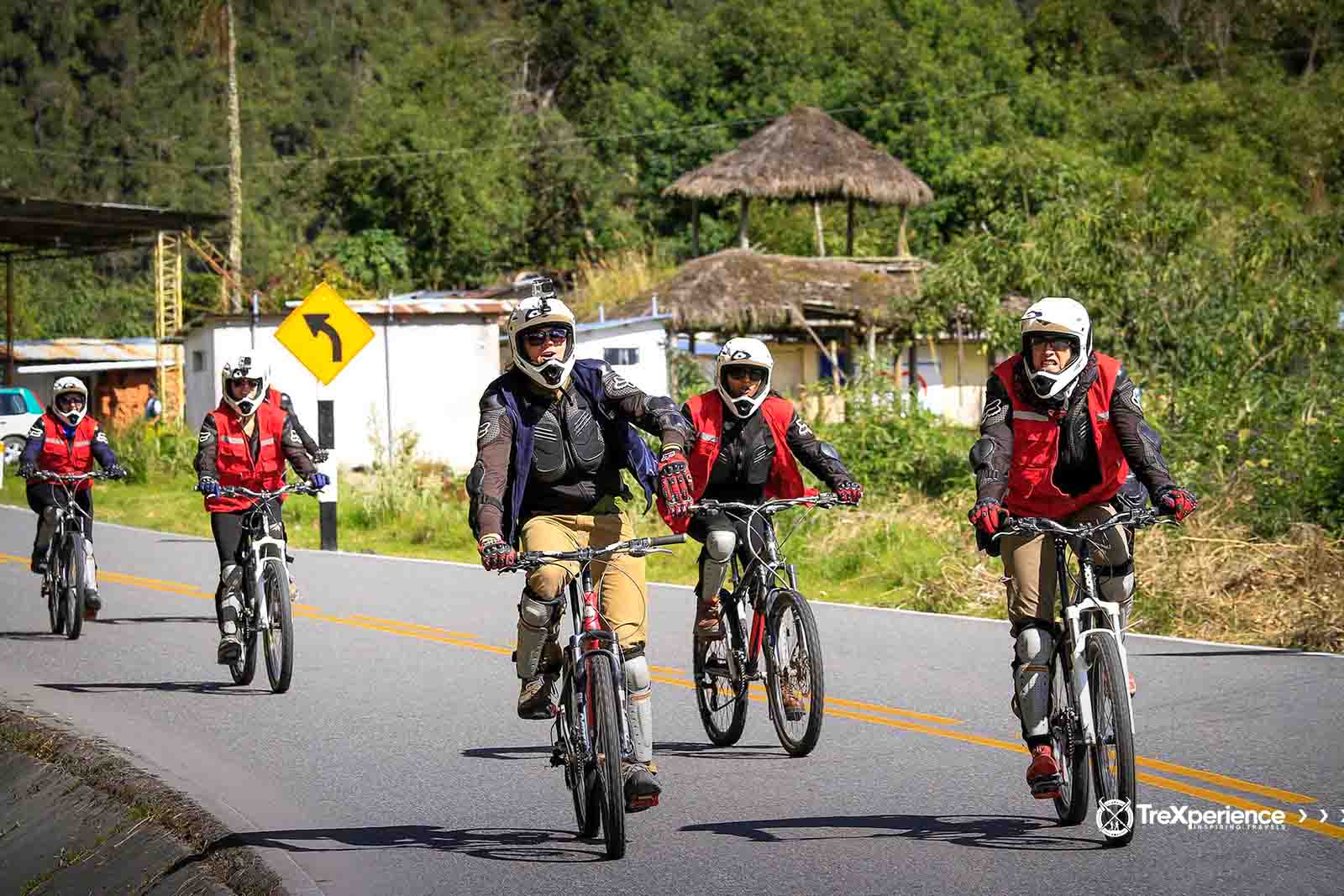
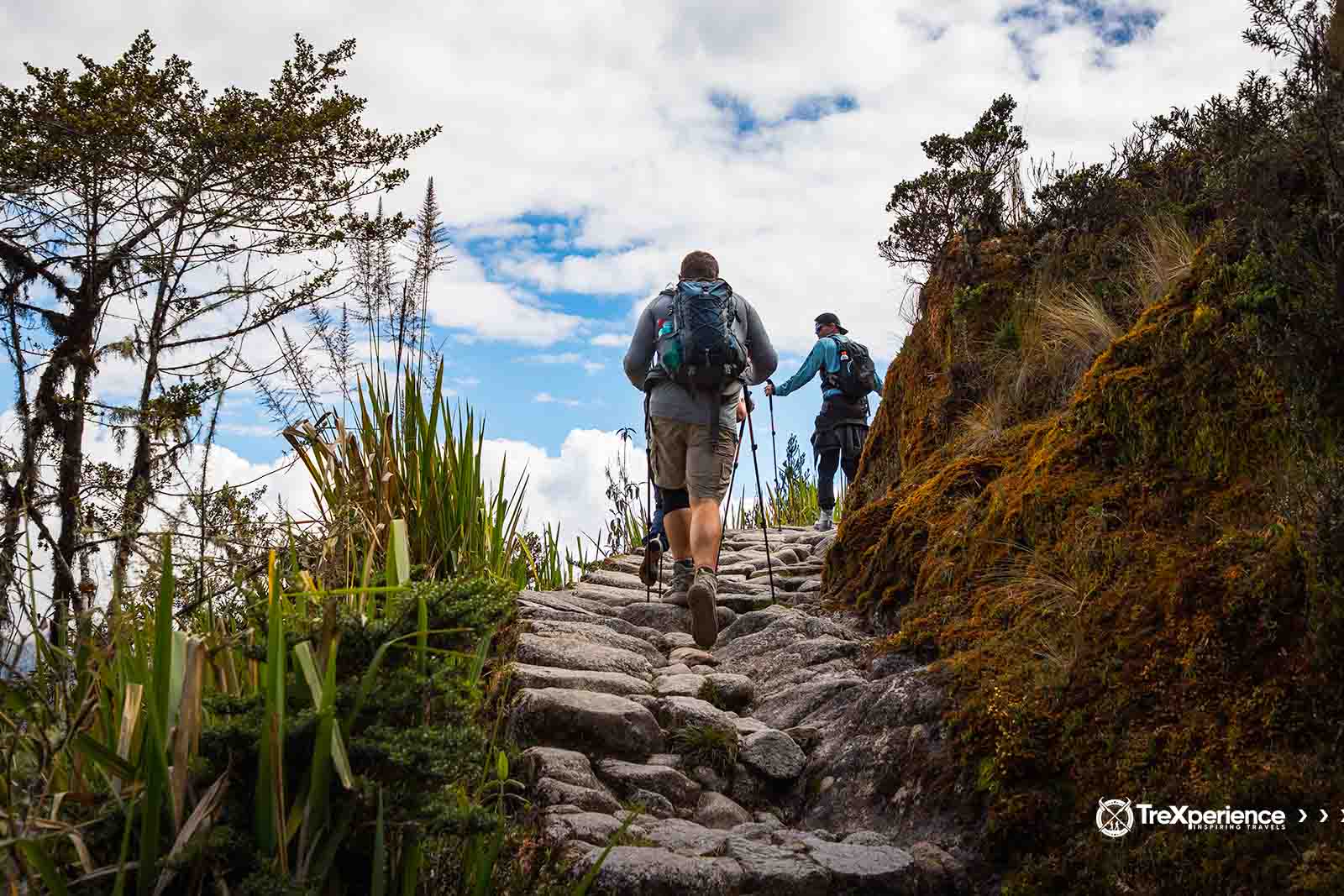
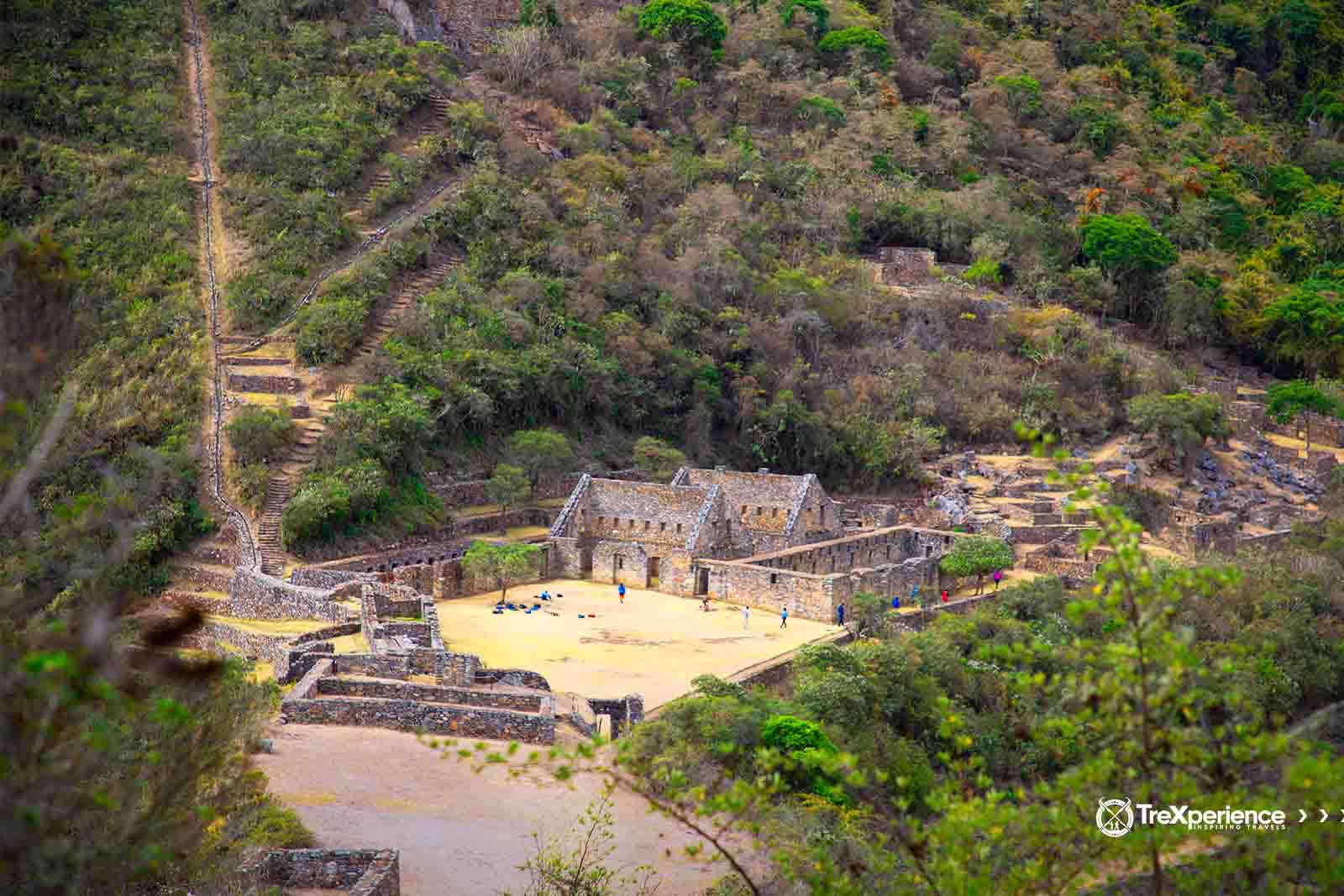
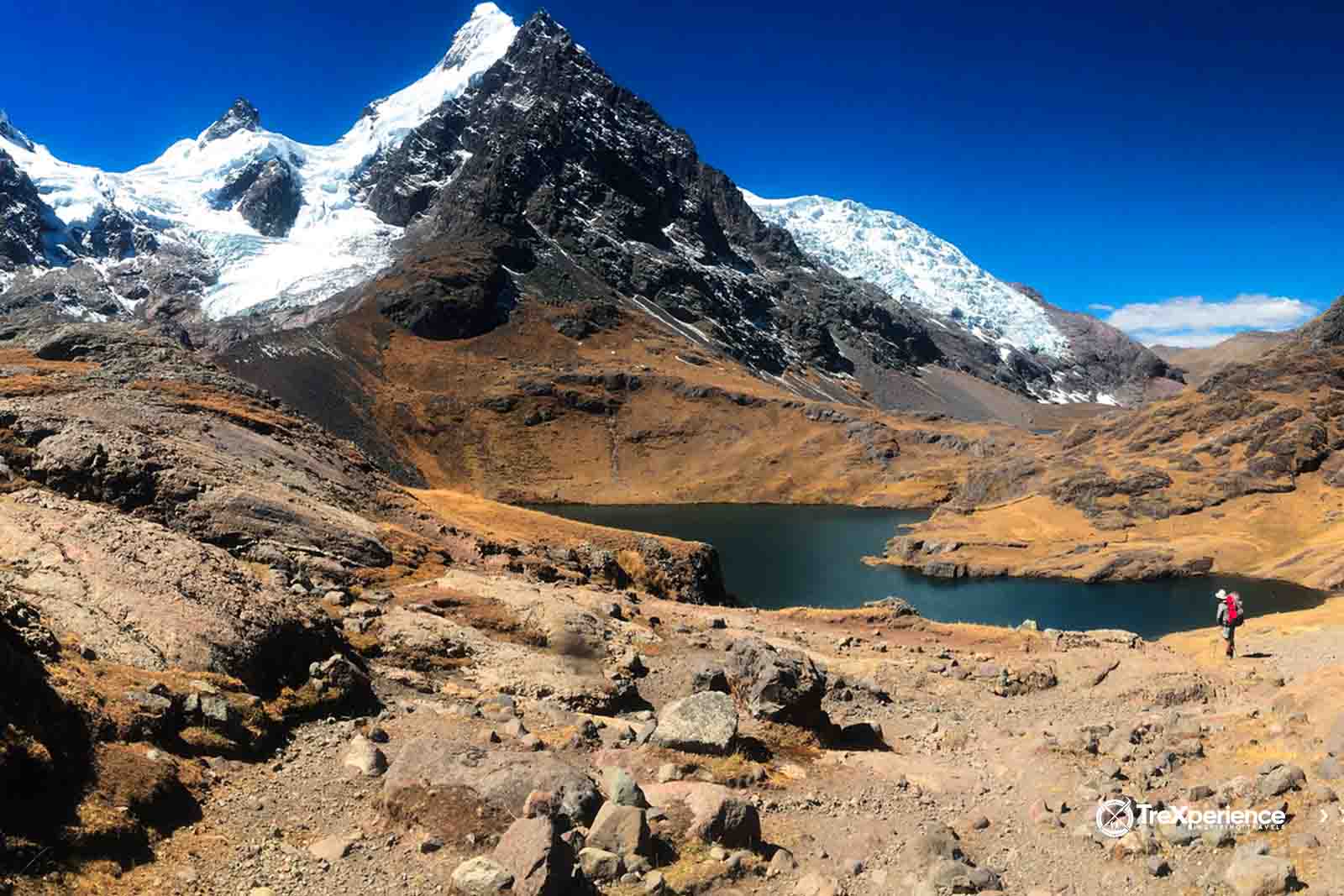
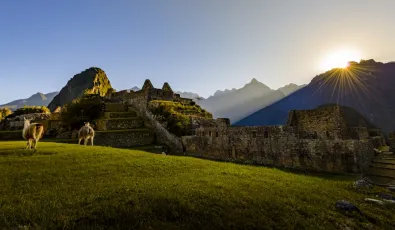
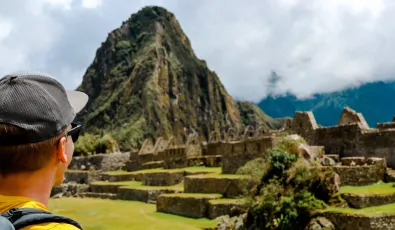
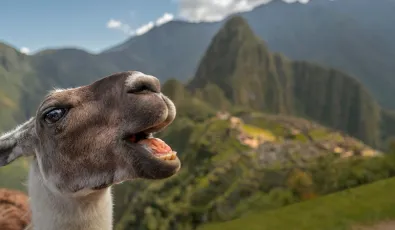

Añadir nuevo comentario